Do you struggle to put your phone down and be productive? You're not the only one. Smartphones and apps are designed to be addictive. You want to focus, but the bad habit of checking your phone constantly grabs you.
But you can break the hold your phone has over you with some quick changes to your home screen. Use these tweaks to make your phone less compelling and pull yourself away to get more done.
1. Set Your Screen to Grayscale
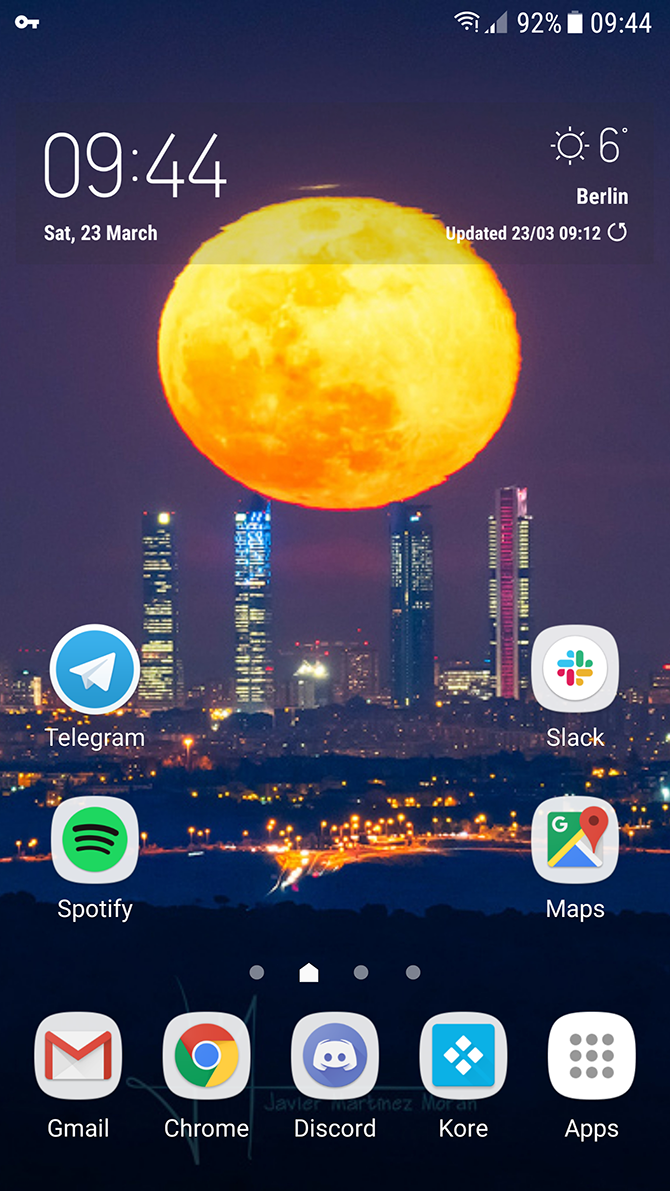
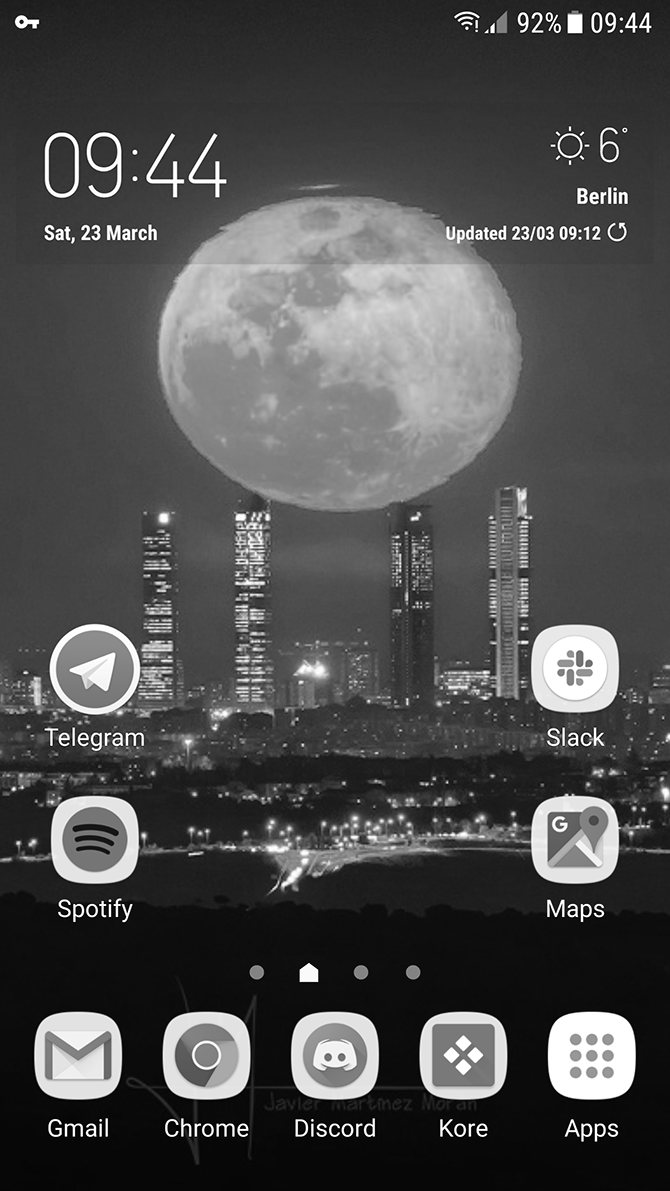
You've probably heard this tip before. But it's so effective that it bears repeating: Set your phone screen to grayscale. You will find it is one of the best ways to make smartphones less addictive.
Humans are naturally attracted to color, and the bright and colorful app icons on your home screen are almost irresistible. Turning off the colors doesn't make your phone any less functional but it will instantly make it less appealing.
The process of setting your screen to grayscale differs for different phone models. You can usually find the setting by looking in the Accessibility options menu.
Another option is to use a plain black wallpaper which also lessens the color appeal of your home screen.
2. Turn Off Non-Essential Notifications
Whenever your phone beeps or vibrates, you likely get it out of your pocket to check it. We hate to feel like we're missing out on something (FOMO is real), so we feel compelled to check every notification in case it's important. And once your phone is in your hand, you probably spend more time on other apps too.
You can lessen the frequency that you check your phone by turning off all but the most essential notifications.
A good rule of thumb is to only be notified when an actual person you know is trying to contact you, such as receiving a text message, a phone call, or a Twitter direct message. You don't need to be notified for every email, every breaking news story, or every time someone likes one of your tweets.
3. Turn Off Notification Badges
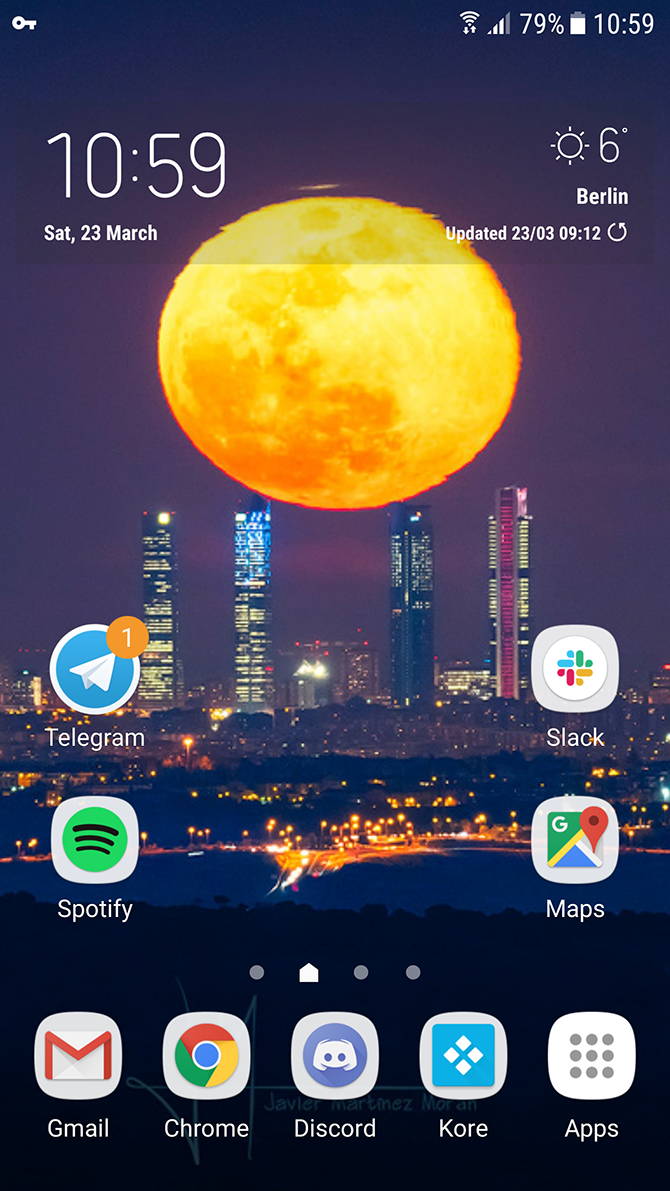
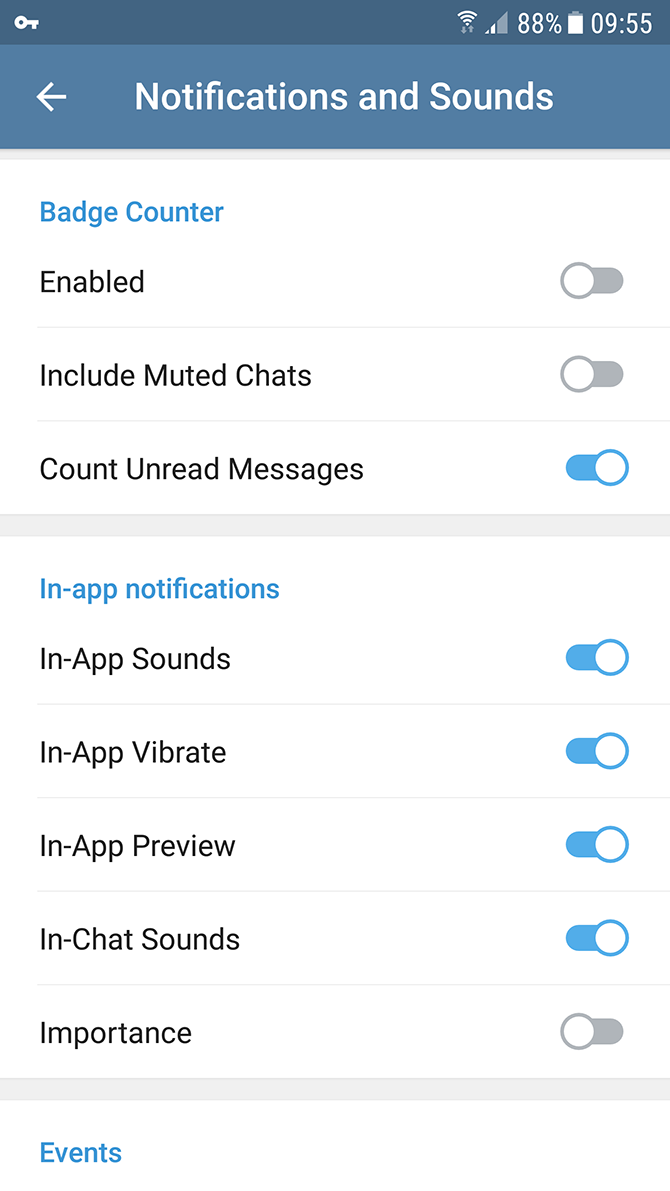
Those little red or orange bubbles with numbers that appear above app icons are a productivity killer. The red color draws our attention, and the number suggests important information we need to be aware of.
In reality, most app notifications aren't urgent and the badges are merely a distraction. Turn off notification badges on as many apps as you can and it will be easier to stop yourself from tapping on the app icon.
4. Tidy Up Your First Home Screen
The first thing you see when you unlock your phone should be only the most essential apps. When you open your phone and you see the Facebook icon right there, it's very tempting to quickly check what your friends are up to. And then you find yourself wasting hours on Facebook every day.
You should remove all social media apps from your first home screen, and only display essential information like the time and the weather. Only have icons for the apps you need to be productive, and put all your tempting but time-wasting apps on another screen.
5. Create Barriers to Your Apps
Another way to avoid automatically opening apps is to make it just a little bit less convenient to access them. You can create an artificial barrier to using an app, such as logging out of the app every time you're finished with it. When you need to use the app, then logging in will only take a few seconds. But those few seconds will give you time to re-evaluate whether you really want to use that app right now.
There are other ways to create barriers to your phone use. Put it in another room or physically lock your phone away. Set a long passcode which you have to type to unlock the phone instead of a quick numerical passcode or logging in biometrically.
Finally, the phrase "out of sight, out of mind" can help you get away from your phone too. Keep your phone on silent mode and put it away so it's not on your desk.
See it less and you'll use it a lot less too.
6. Break Muscle Memory Habits
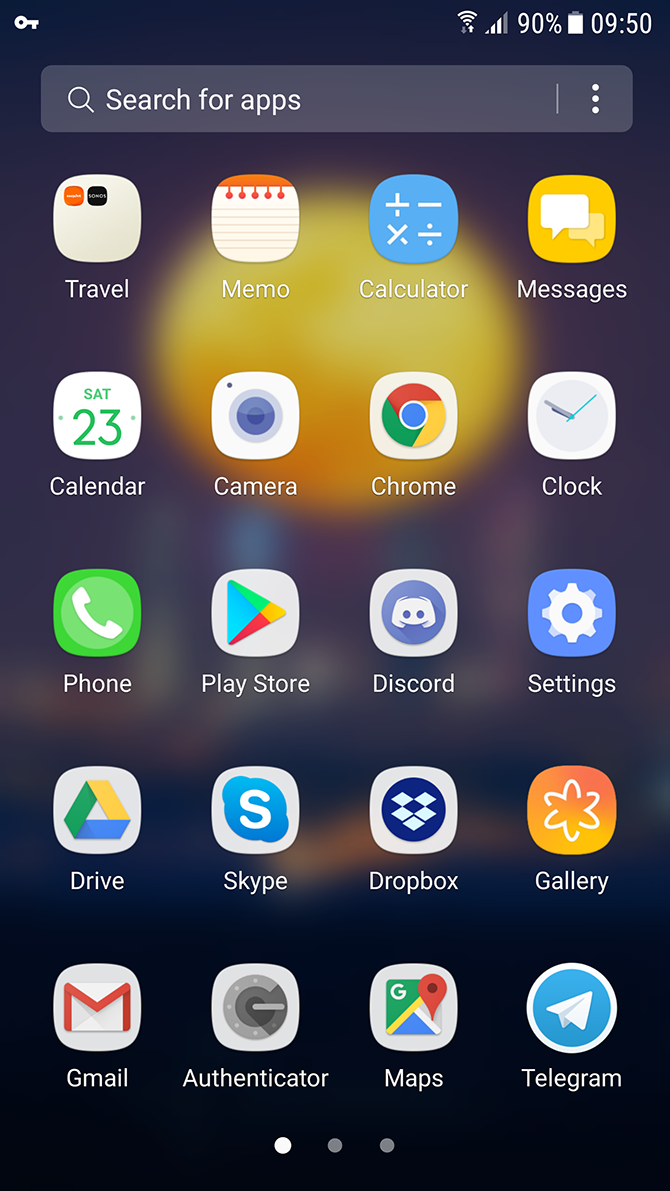
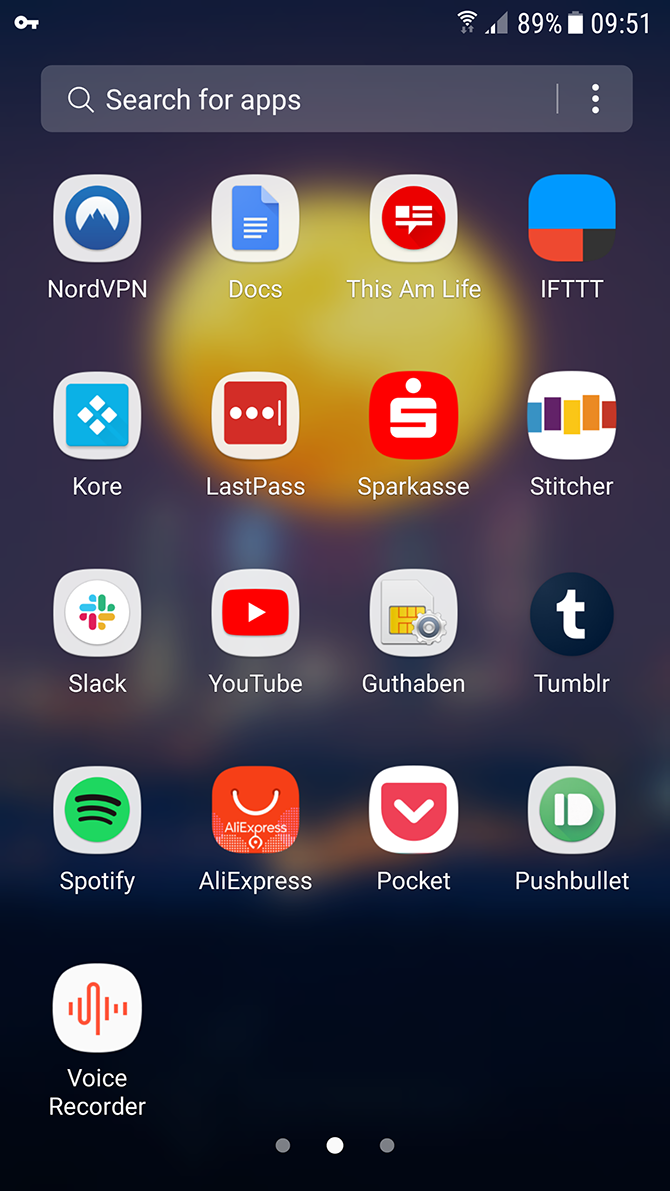
Do you take out your phone and tap on the Instagram icon without even meaning to? The muscle memory of navigating your home screen and tapping on a favorite app is a powerful force you shouldn't underestimate.
Use these two clever tweaks to overcome your own muscle memory. First, scramble your apps into a random order often so you have to hunt for an app when you want to use it. Second, get into the habit of typing the name of the app instead of tapping on the icon.
Both of these habits will make you deliberately choose rather than habitually tap on the icons.
7. Delete Rarely Used Apps
When you are scrolling through your apps to find one that you need, it's easy to be distracted if you have many apps installed. You're supposed to be opening that work collaboration app, but then you notice that old game that you haven't played for ages---and it's too tempting not to open it and play instead.
Declutter your phone. Streamline your phone by ruthlessly deleting any apps that you don't absolutely need or that you haven't used recently. You can always re-install an app if you need it later on, but get it off your home screen today.
This will reduce opportunities for distraction on your home screen.
8. Use a Smart Speaker for Web Queries
Resist the pull of your smartphone by not making it your default tool for web search. If you have a smart speaker like an Amazon Echo or a Google Home, you can ask your smart speaker for information rather than getting out your phone.
Once you get out of the habit of pulling out your phone every time you need information, you'll find that you spend a lot less time with your phone in your hand and a lot more time focusing on what you're doing.
Be Smarter Than Your Smartphone
Now your home screen is streamlined for productivity, it should be easier for you to stay focused and not get distracted by your phone. To optimize your productivity even further, learn about other changes you can make to cut your smartphone use in half.

